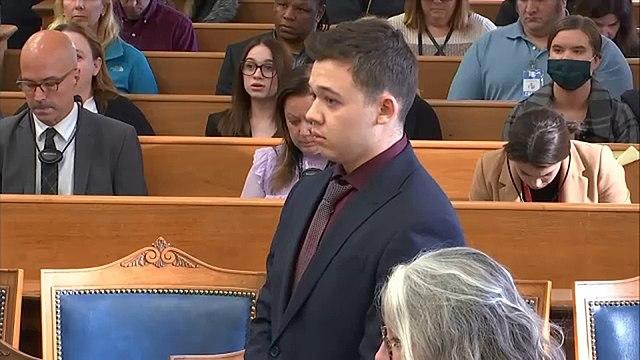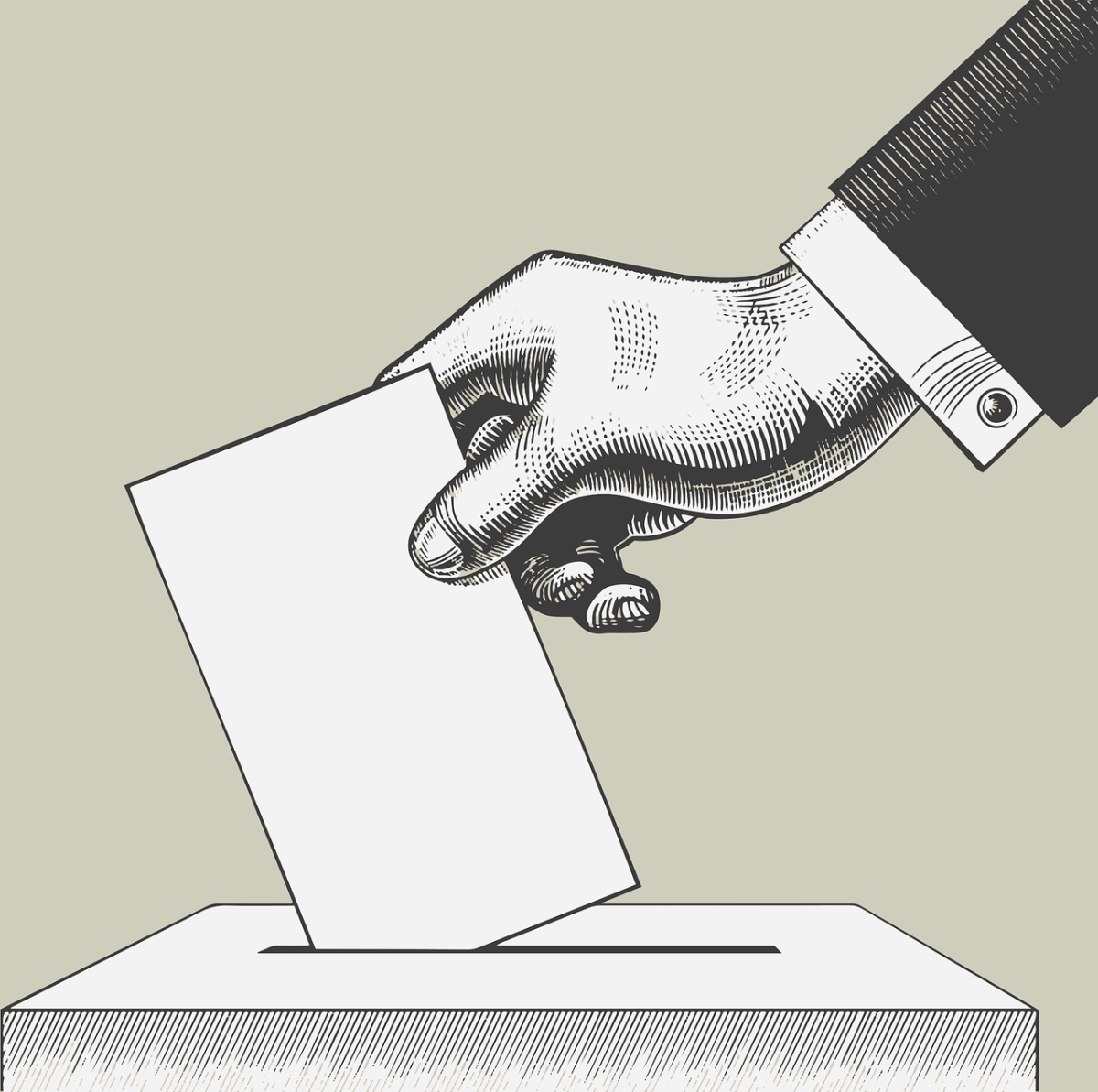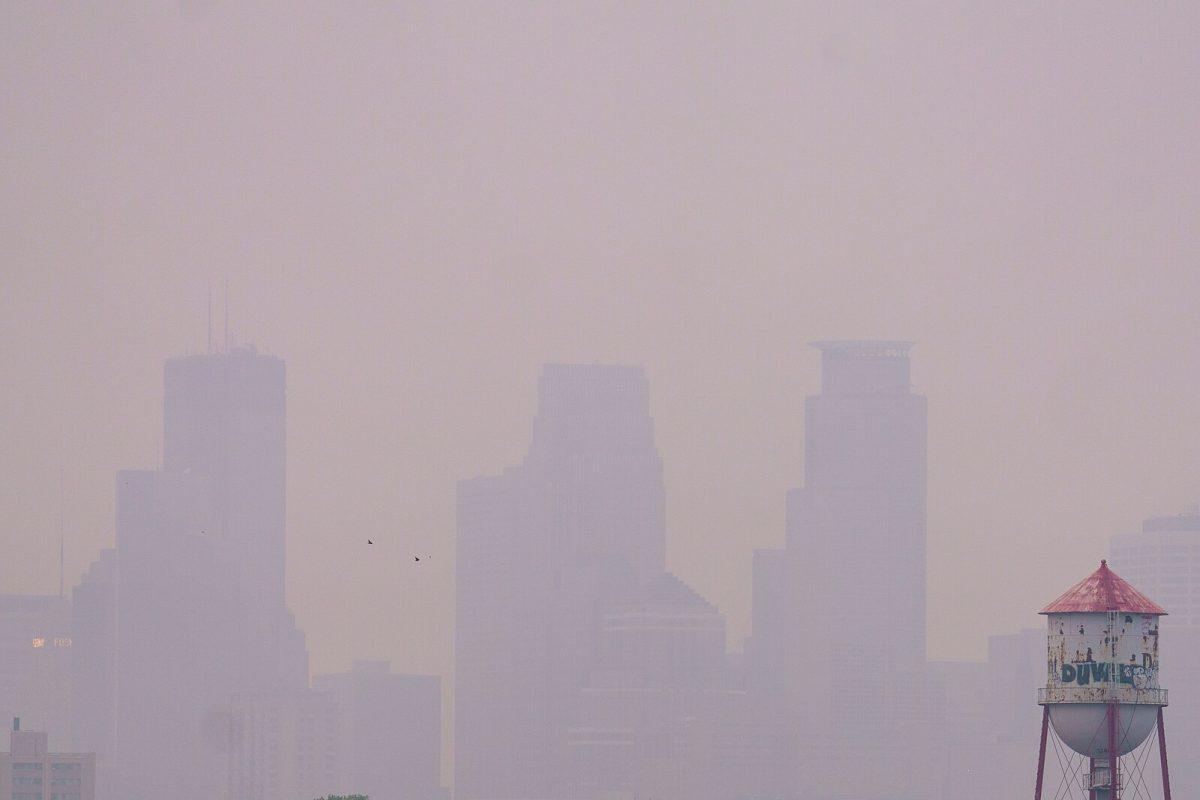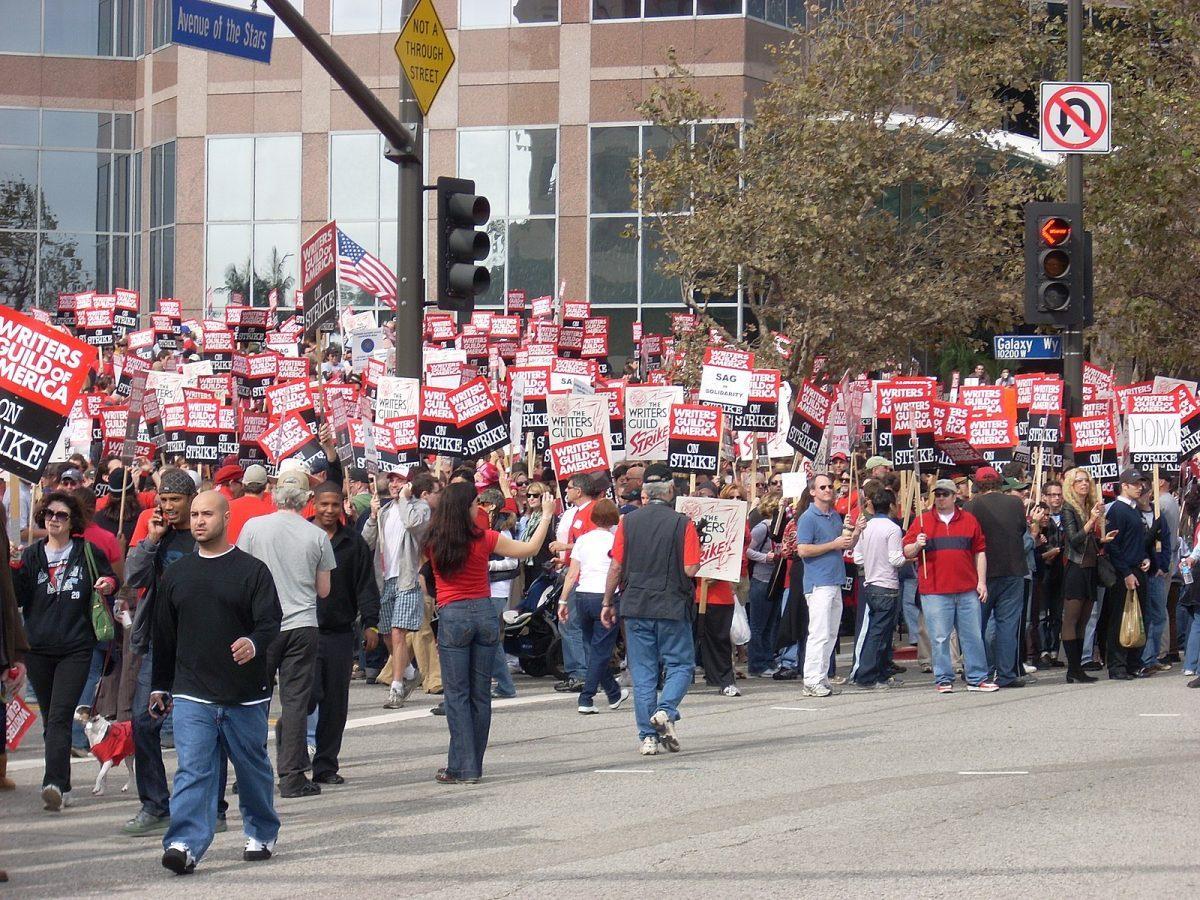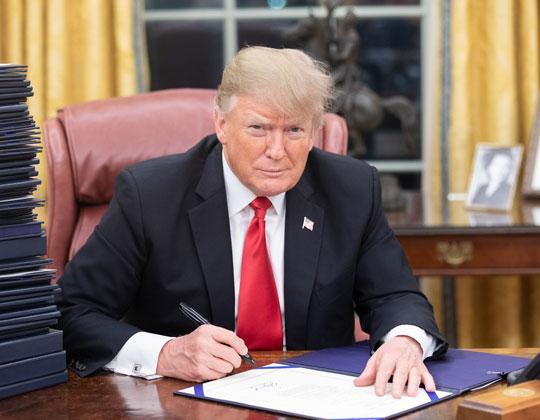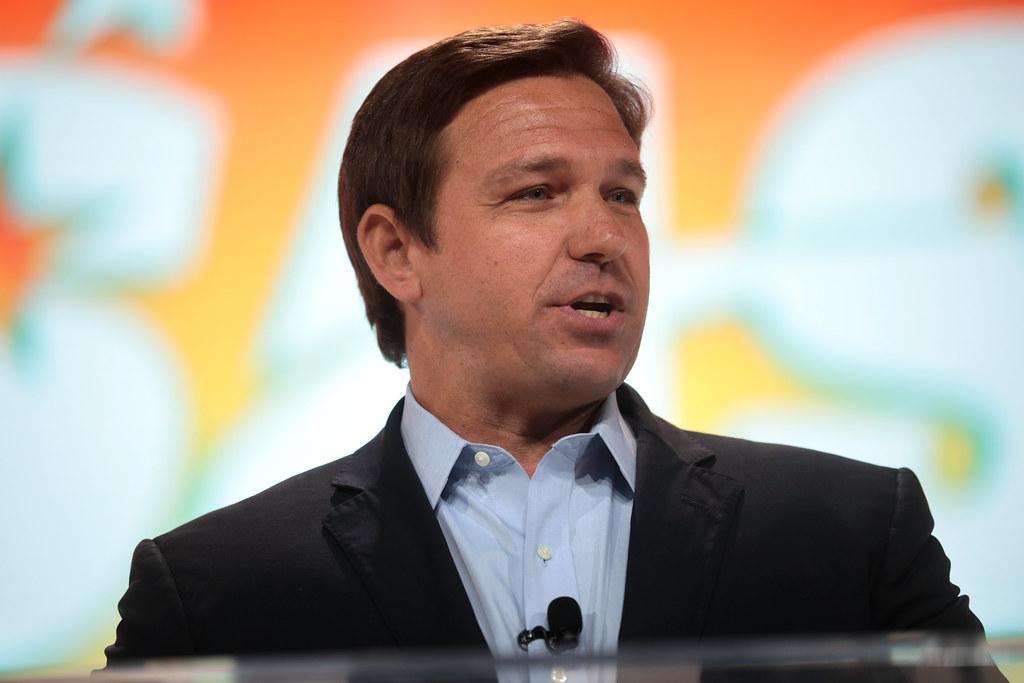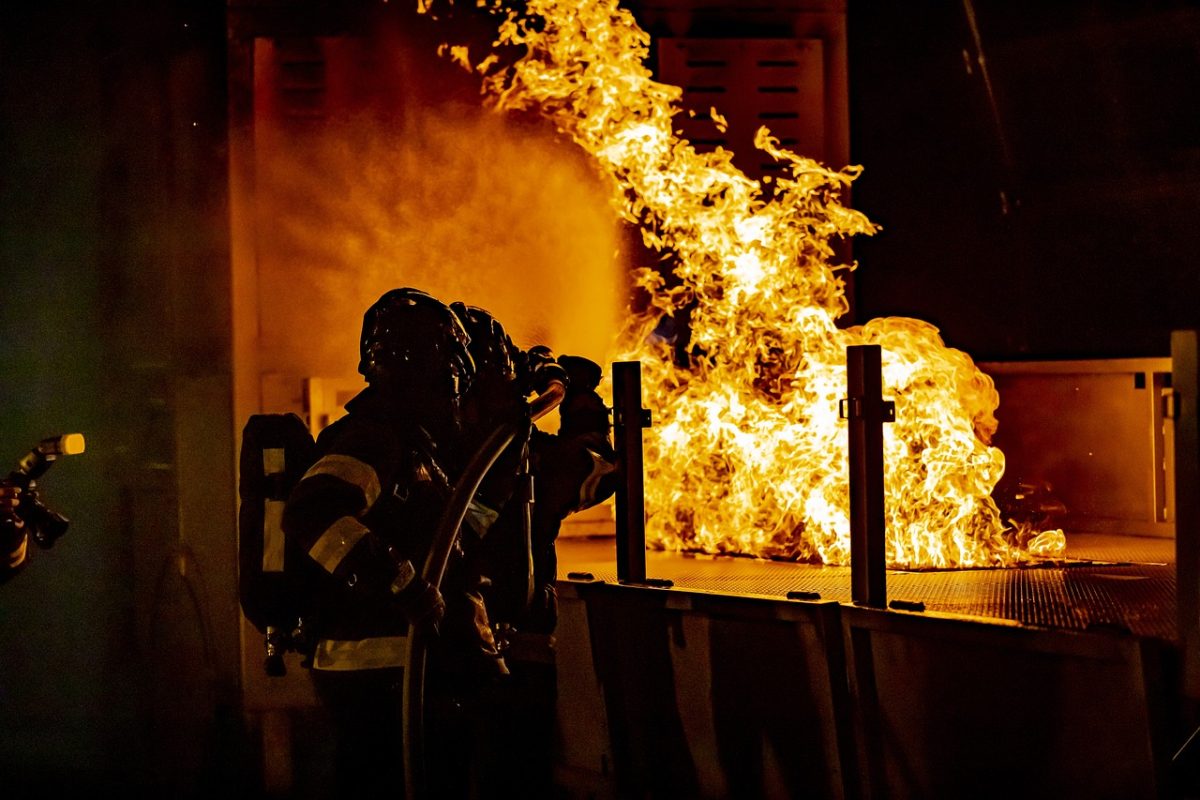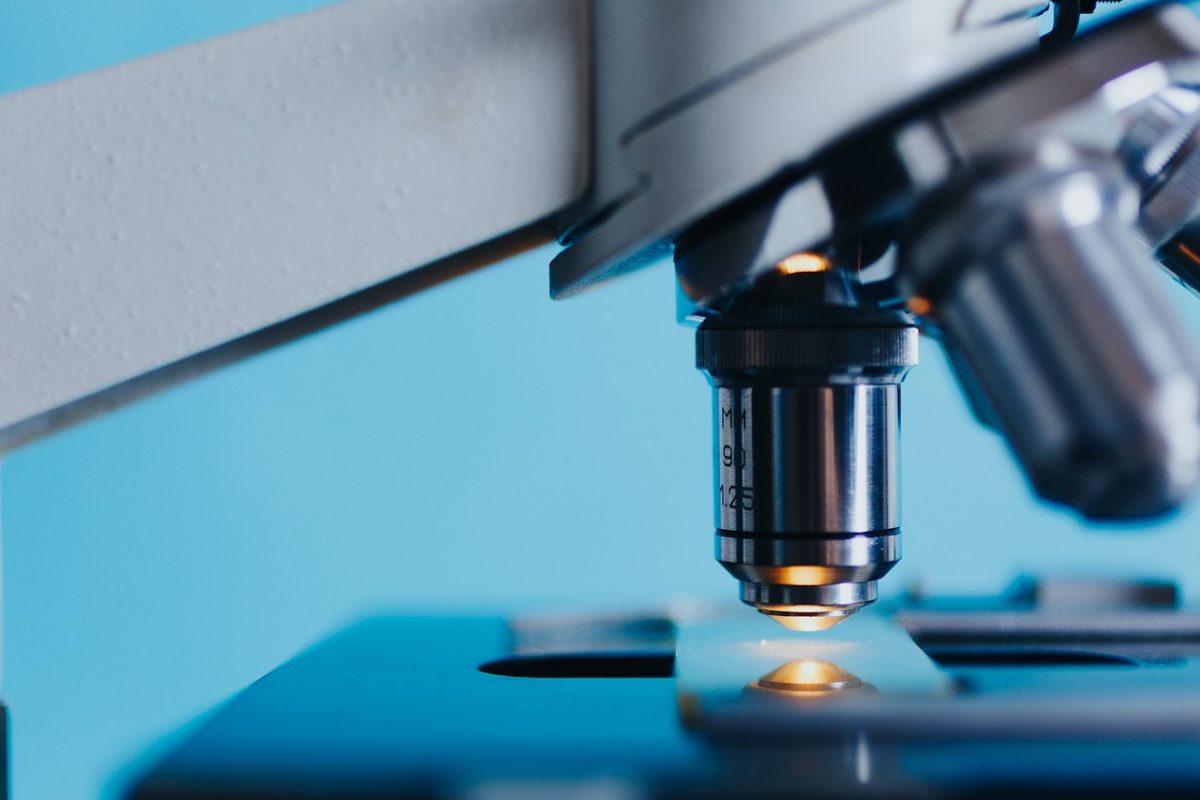On Friday, a jury acquitted 18-year-old Kyle Rittenhouse of all charges brought against him for the fatal shooting of Joseph Rosenbaum and Anthony Huber, and the shooting of Gaige Grosskreutz during a Black Lives Matter protest in Kenosha, Wisconsin last year. Rittenhouse, who was 17 at the time of the shooting, faced counts of reckless homicide (not guilty), use of a dangerous weapon (dismissed), recklessly endangering safety (not guilty), intentional homicide (not guilty), attempted intentional homicide (not guilty), possession of a dangerous weapon by a person under 18 (dismissed), and failure to comply with an emergency order from state or local government (dismissed).
On August 23, 2020, police responded to a domestic complaint about Kenosha resident, Jacob Blake, who had allegedly committed sexual assault. When police tried to arrest Blake, he opened his car door, and he was holding a knife. At this time, an officer shot Blake seven times in the back, believing him to be a threat. Many locals heard the gunshots, and they subsequently gathered at the scene of the shooting to protest what they believed to be a manifestation of ongoing systemic racism by police.
As the day progressed and the protestors moved away from the scene and into the streets of downtown Kenosha, local businesses were looted and set on fire by protestors. Tensions ran high, and officers responded with tear gas and rubber bullets. They imposed a curfew on Kenosha residents to prevent the violent incidents, which occurred at night, but peaceful protestors continued marching during the day.
A local militia group known as the Kenosha Guard posted to Facebook on August 25, “Any patriots willing to take up arms and defend [our city] tonight from the evil thugs? [No doubt] they are currently planning on the next part of the [city] to burn tonight!” The group reportedly intended to protect local businesses from looting, but their military-style weapons and gear intimidated the protestors who were marching peacefully. Some of the militia members were military veterans with extensive training, but most were not. Additionally, none of the local businesses asked the militia group to defend them. Most of the militia members are now being called vigilantes. Following the Rittenhouse shootings, the militiamen have defended themselves by citing the Second Amendment and their gun licenses, which allow them to open-carry weapons. Opposition to the group says that there was no need for these men to do the job of the police, who were already on the scene of the protests.
It is unclear what motivated Rittenhouse to travel from his home in Illinois to Kenosha. Rittenhouse’s social media posts indicate that he was a supporter of police, with his TikTok bio reading “Trump 2020” and “Blue Lives Matter.” Rittenhouse has also been witnessed flashing signs of white power. It is possible that the Kenosha Guard was misinformed that all the protestors were violent, but this remains unclear. Many are concerned with the fact that Rittenhouse felt the need to defend a community that is not his own, and they accuse him of going to Kenosha looking for a fight.
Indeed, Rittenhouse found such a fight. For the third night in a row, racial justice protests occurred in Kenosha on August 25, the day Rittenhouse traveled to Kenosha with an AR-15. However, the organized peaceful protests at a local park concluded before the curfew. After the curfew, however, hundreds if not thousands of protestors remained in an unorganized fashion in the downtown area. Police tried to disperse the crowd, who continued to demonstrate. On this night, several of the protestors open-carried their own weapons to protect themselves. According to them, they did not intend to use the weapons.
The standoff between police and protestors, some of whom carried homemade shields, turned violent. Tear gas and rubber bullets were deployed by police to enforce the curfew, while the crowd launched fireworks. Many protestors went home at that moment, but a few hundred stayed behind. Civilian paramedics also attended the protests, in order to treat both sides: the protestors and police.
Gaige Grosskreutz was one such paramedic, and he was armed with a gun that night to defend himself. Joseph Rosenbaum, who had recently undergone mental health treatment, was at the protest for an unclear reason. He had not previously attended a protest. Anthony Huber was a peaceful protestor who supported Black Lives Matter and attended the protest with his girlfriend.
Over the next two hours, police forced the remaining protestors onto Sheridan Road, which was where the militias were stationed protecting businesses that had been damaged on the previous two nights. Police claim they pushed protestors this way without knowing about the militia presence in that area, but one militia member even claimed that the police had told him they were going to intentionally push the crowd towards the armed men. When the police passed the militia protecting one business, they even handed out water to the men and thanked them for protecting the building. This is despite the fact that the militiamen were also violating the curfew. The county sheriff climbed that there was no plan at the time to deal with the militia groups, and they were simply responding to events as they occurred and carrying out the plans they already had.
When the protestors reached the position of the militia, they confronted the men by yelling at them. The situation was worsened by one militia member who actively provoked the protestors, who shouted, “You guys want to [expletive] around and find out!?” It appeared, however, that most of the Kenosha Guard members were simply attempting to assist the police in moving the protestors along down the street. However, other, less organized groups did not have clear motives. Rittenhouse was not a member of the Kenosha Guard, the most organized of the groups.
Police continued to push protestors down the road towards a gas station, the site of another confrontation between militia members and protestors. Rosenbaum yelled at the militiamen to shoot him, a sign of the rising tensions between the militiamen and the small group of remaining protestors. According to militia members, protestors saw them as racist and did not understand why they were at the protests and what they supported. Protestors, meanwhile, claimed that the militia members were racist and just trying to “look cool.”
After Rittenhouse’s group encountered the police officers who gave them water, Rittenhouse said to a local news outlet, “Our job is to protect this business, and part of my job is to also help people. If there’s somebody hurt, I’m running into harm’s way. That’s why I have my rifle.” The fact remains that Rittenhouse lived over half an hour away from Kenosha, and many say he should not have been there that night at all, especially considering that he was a minor at age 17.
Near the gas station, Kyle Rittenhouse began running toward a parking lot that had cars that were being vandalized. Joseph Rosenbaum began chasing Rittenhouse. He threw a plastic bag at Rittenhouse. Behind Rosenbaum and Rittenhouse, another man fires a handgun into the air. Rosenbaum then lunged at Rittenhouse, and in response, Rittenhouse fired four shots, one of which struck Rosenbaum. Onlookers say that Rittenhouse — who was facing the other way — was likely unaware of why the handgun had been fired into the air (police officers still don’t know why today) and that this action may have made Rittenhouse nervous.
By this time, the crowd of protestors had further dispersed, with around 100 remaining in the area. Rittenhouse began running away from the scene. Concerned citizens, who were aware that Rittenhouse had shot someone but did not know why chased after him and yelled questions after him such as, “Why did you shoot him?” Anthony Huber, who had heard the voices shouting that Rittenhouse had shot someone, then rushed toward Rittenhouse, who tripped and fell. Huber hit Rittenhouse with a skateboard and attempted to take away his gun. In response, Rittenhouse shot and killed Huber. Gaige Grosskreutz drew his gun, likely in an attempt to stop Rittenhouse from shooting people, and Rittenhouse shot Grosskreutz as well. He was the only of the three victims to survive being shot by Rittenhouse that night.
Rittenhouse, who had escaped from the protestors to the lines of police control, walked toward police vehicles with his hands up. Police yelled at him and the protestors to get out of the road, but they did not arrest Rittenhouse until the next day. They were reportedly unaware that he had shot three people, as they were stationed one block away from Rittenhouse when the shots were fired.
The next day, August 26, 2020, Rittenhouse was arrested by police at his home in Antioch, Illinois. He was held at a juvenile detention facility in Lake County, Illinois for a year, before posting his $2 million bail in November 2021 and being released just before his trial.
Rittenhouse’s trial then began, and he was found not guilty on all counts. Rittenhouse would have faced life in prison if found guilty, but he was acquitted instead. In court, Rittenhouse testified, ”If I would have let Mr. Rosenbaum take my firearm from me, he would have used it and killed me with it and probably killed more people.” According to legal experts, the prosecutors made a mistake by attempting to label Rittenhouse as an active shooter. Rittenhouse had a strong legal defense team who successfully painted the picture that he acted in self-defense as a concerned citizen on the night of August 25, 2020. Rittenhouse is now hailed as a hero by the right, while progressives see him as a vigilante and murderer. Whatever the case, Rittenhouse now hopes to move on with his life and become a nurse now that he has been cleared. Meanwhile, the families of those killed that night in Kenosha are still grieving.





























